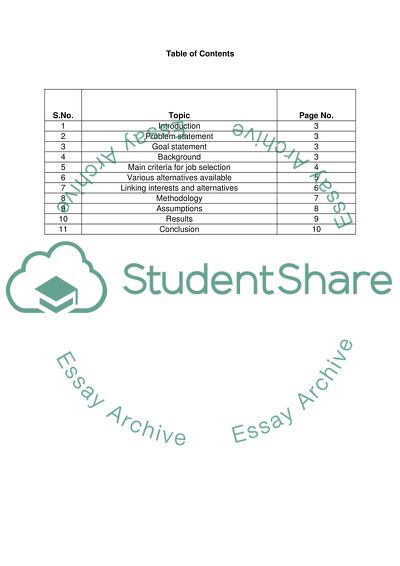Cite this document
(“Decision Modelling and Decision Analysis--JOB SELECTION Essay”, n.d.)
Retrieved from https://studentshare.org/environmental-studies/1418737-decision-modelling-and-decision-analysis-job
Retrieved from https://studentshare.org/environmental-studies/1418737-decision-modelling-and-decision-analysis-job
(Decision Modelling and Decision Analysis--JOB SELECTION Essay)
https://studentshare.org/environmental-studies/1418737-decision-modelling-and-decision-analysis-job.
https://studentshare.org/environmental-studies/1418737-decision-modelling-and-decision-analysis-job.
“Decision Modelling and Decision Analysis--JOB SELECTION Essay”, n.d. https://studentshare.org/environmental-studies/1418737-decision-modelling-and-decision-analysis-job.


